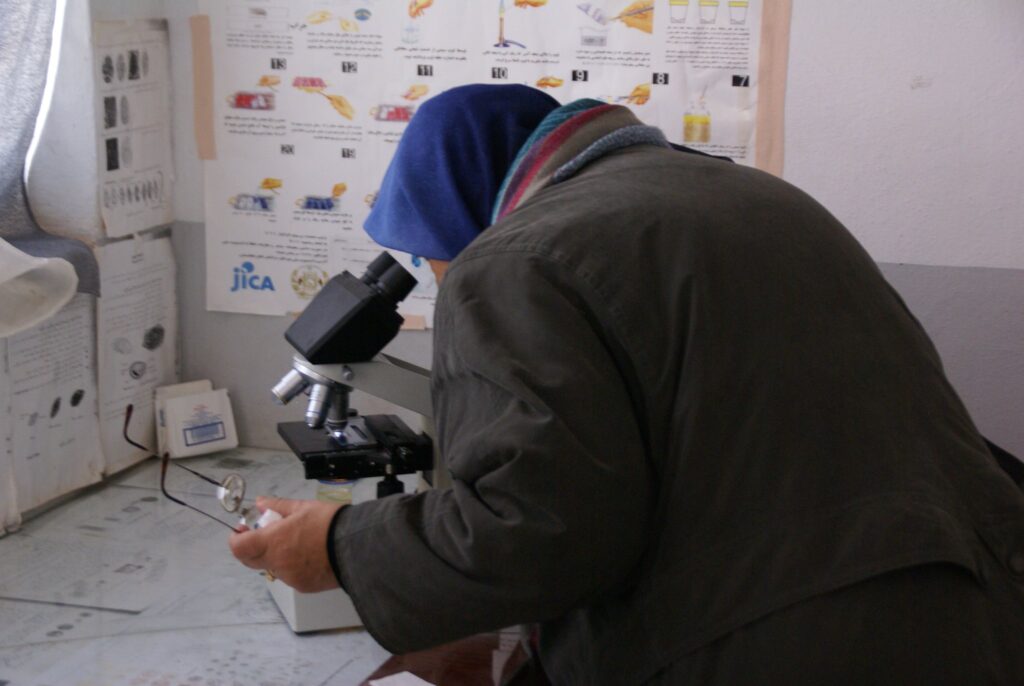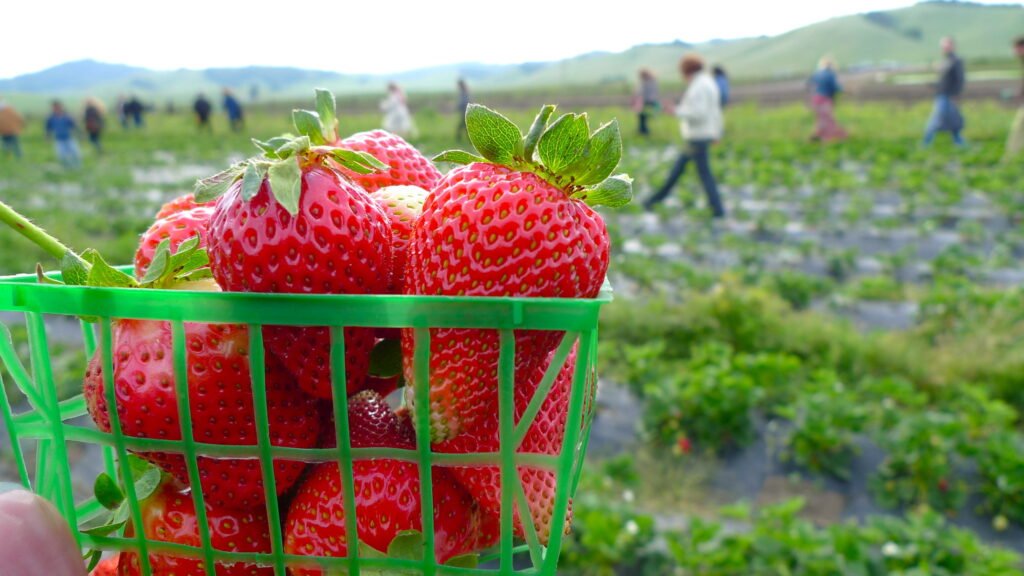Cheap, portable sequencers in poor countries could be key to identifying and halting emerging diseases before they have a chance to become a pandemic.
 A new technique in sequencing DNA will help poor countries identifying emerging diseases : Direct Relief is available at https://bit.ly/3EAFG2r CC BY 2.0
A new technique in sequencing DNA will help poor countries identifying emerging diseases : Direct Relief is available at https://bit.ly/3EAFG2r CC BY 2.0
Cheap, portable sequencers in poor countries could be key to identifying and halting emerging diseases before they have a chance to become a pandemic.
The cost to decode the entirety of someone’s genes has dropped dramatically, paving the way for improved disease surveillance. The lower cost has made this technology accessible for people living in poorer economies giving hope that emerging diseases will be spotted and characterised sooner.
The human body is an information keeper. Each of our 30 trillion cells, give or take, keeps information on how body machinery works and passes the information to the next generation in strings of code using only four letters, ACGT. Each stands for a type of molecule called nucleotide. The string has a total length of around 6 billion letters, condensed into 23 pairs of chromosomes that make up the DNA.
Seventy years ago, James Watson and Francis Crick discovered the shape of DNA and how the ACGT code fitted together. All living things are identifiable by reading their DNA code, or in some organisms their RNA, known as their genome. In the 1970s Frederick Sanger developed a method, known as sequencing, to read that code. The first reading of a human’s DNA was laborious; it took around 10 years to read the majority of the three billion letters.
Now, sequencing is performed regularly for many purposes, from pathogen detection to determining drug resistance to understanding how a disease works. The amount of data a sequencer can produce has become exponential: one platform is able to sequence the whole genome of eight people in 72 hours or less. In 2022’s report, the Sanger Institute has sequenced 243,633 human genomes in a record 3.5 years. The enormous data yield has helped to drive sequencing cost to as little as USD$600 per genome.
By using nanometer-sized proteins, one sequencing platform has been miniaturised. With a technique known as nanopore sequencing, the sequencer is shrunk to the size of a chocolate bar. With the portability, researchers can bring the sequencer to the field and perform sequencing where they obtain the sample. It also eliminates the logistics of transporting samples to sequencing centres in a more developed country. Only the data can be uploaded to the cloud for analysis in other parts of the world. But the best part of this miniaturisation is that investment starts at USD$1,000.
This opens many possibilities for disease surveillance. A blood sample can be sequenced to detect the presence of the genes of disease-causing agents such as bacteria or viruses in a sick person or even a person with no symptoms.
Whether or not a pathogen will be resistant to a drug can be determined by reconstructing the pathogen’s genome post-sequencing. Information about drug-resistance can be obtained in less than half a day. Compare this with the standard process of identifying drug resistance for tuberculosis that needs two weeks to obtain the results.
Drug resistance in falciparum malaria parasite is very important nowadays as it has developed resistance to nearly all antimalarial drugs. As the parasite cannot be reared in the laboratory for traditional drug resistance tests, identifying the mutation-causing resistance with sequencing is vital. The additional benefit of the portable sequencer to read long sequences of DNA is the ability to construct the whole genome of a pathogen, even without prior knowledge of the infecting organism.
And it is not limited to infectious disease. Although portable sequencing does not have the capability to output a complete human genome, by using targeted sequencing, in which the signal from a particular gene or genes can be amplified beforehand, mutations or alterations in a human gene can be investigated.
In non-small-cell lung cancer, mutation at an amino acid level of a gene can render resistance to specific inhibitors. The fastest way to identify the prospect of failure is by detecting the mutations and modifying the therapy based on this information. Portable sequencing can usher in the advent of personalised medicine, where a therapy is adjusted based on the genomic information rather than empirical method. Every clinic now has the power to perform sequencing.
Nevertheless, the wide availability of sequencing due to its low price has disadvantages. A DNA sequence is an identity. An individual’s sensitive information is kept in their DNA. Cancer-inducing mutations or other alterations that may predispose a person to chronic illness is there for anyone with a sequencer to see. Information that can lead to stigmatisation may be readily available in the DNA, for example information about an asymptomatic HIV infection. Previously, information was limited only to the disease being screened for. Now, cheap genome sequencers may readily build the whole picture of a person’s health.
The handling of genome sequences, especially the whole genome, must be regulated as strictly as other sensitive information. While the portable sequencer does not yet have the capacity to output human-genome-sized information, that time may soon come. In the meantime, even parts of human DNA information must be handled sensitively. Patients must also be informed and be given choices on how their information will be handled.
As human development encroaches in previously wild areas, scientists expect more new diseases will make the leap from the animal world to humans. Cheap, portable sequencers in such areas could be key to identifying and halting emerging diseases before they have a chance to become a pandemic. Nevertheless, the ease of sequencing must be accompanied with strict data protection policy to prevent leakage of sensitive information.
Lucky Ronald Runtuwener is a researcher in HIV genome at AIDS Research Center National Institute of Infectious Disease Japan. He is also a visiting researcher at the Graduate School of Frontier Sciences at the University of Tokyo Japan. He is deeply interested in infectious diseases and wants to apply portable sequencers to help advancing genome surveillance in developing countries. This research has been supported by the Japanese Society for the Promotion of Sciences.
Originally published under Creative Commons by 360info™.














